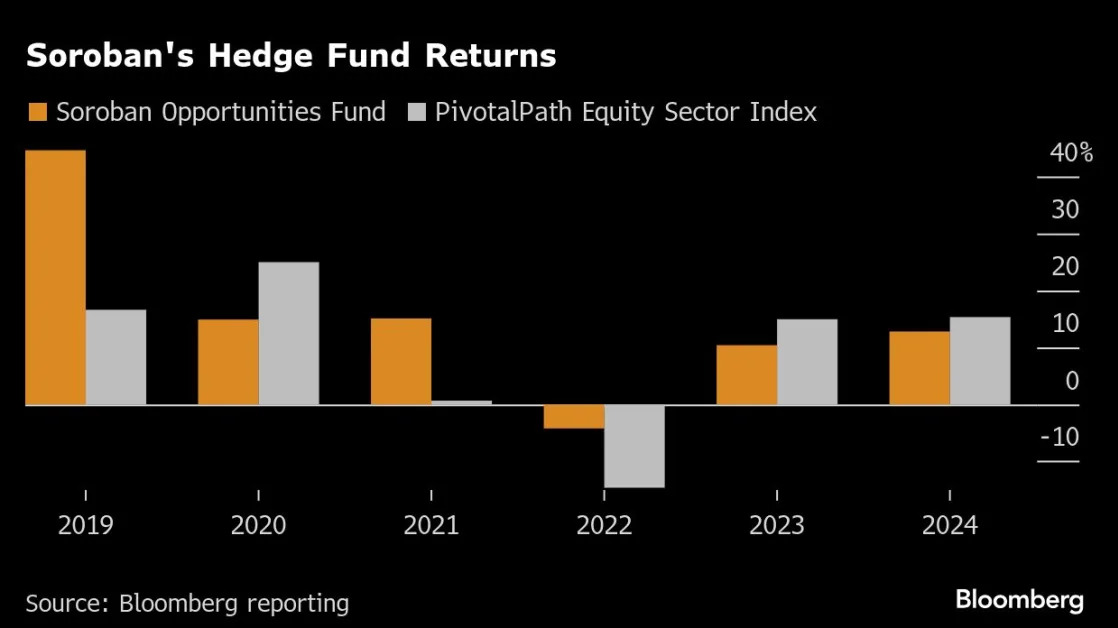(Bloomberg) -- Oil prices face increased risk of a spike following a “carry trade” that has diverted much-needed capital from the market, according to veteran commodities analyst Jeff Currie.
High interest rates have spurred hedge funds and physical oil players to slash up to $100 billion in futures positions and crude inventories in favor of US money markets, said Currie, chief strategy officer of energy pathways at Carlyle Group.
But as the Federal Reserve lowers rates, oil should look more appealing and draw money back — a reversal like the unwinding of the “carry trade” for Japanese yen that roiled equities this month, he said. A serious oil supply disruption could sharply amplify the move.
“As the cost of holding that inventory goes down with rate cuts, we’ll see more of it put back into the oil market, both physically and financially,” Currie said in an interview. “You should see a reversal of those dynamics that put downward pressure on prices. All else being equal, the oil price should rise.”
International crude futures have retreated almost 9% since nearing $90 a barrel in early July, even as global inventories continue to deplete rapidly, as traders grow worried over a deteriorating demand outlook in China. Global benchmark Brent traded as much as 2% lower Tuesday, near $80 a barrel in London.
However, the disparity between tight fundamentals and subdued prices is ultimately explained by the carry trade, which has lured cash away from commodities, said Currie. He first detailed the outlook in a report published by consultants Energy Aspects Ltd., where he is a non-executive director.
Currie led commodities research at Goldman Sachs Group Inc. for almost three decades, cementing a reputation for bold and often bullish calls. This week the bank cut forecasts for Brent futures to below $80 a barrel in 2025, as Wall Street’s outlook for the commodity darkens.
Oil investments would need to yield roughly 15% to compete against the 5.25% offered by safer US money markets, which have attracted $1.5 trillion of investment over the past two years, he estimates.
Rates and Risks
That may be about to change as the Federal Reserve pivots. Chair Jerome Powell said on Friday that the time has come to reduce the key policy rate, affirming expectations that officials will begin lowering borrowing costs next month.
Investors’ neglect of the petroleum sector has left it vulnerable to disruption, as geopolitical tensions continue to menace oil supplies.
Libya’s eastern government said it will shut down crude output and exports, as a struggle with its Tripoli-based rival for control of the central bank and the nation’s oil riches threatens a new round of conflict. Production at the El-Feel field in southwestern Libya has stopped, while the country’s biggest oilfield has already been halted.
Investors have been betting prices will decline, leaving them vulnerable to price spikes, according to Currie.
“The market is so short,” he said. “If something happened where if they needed to cover those shorts tomorrow — for instance, if the situation in Libya worsened — the unwind of the carry trade could be enormous. If it goes, look out.”





